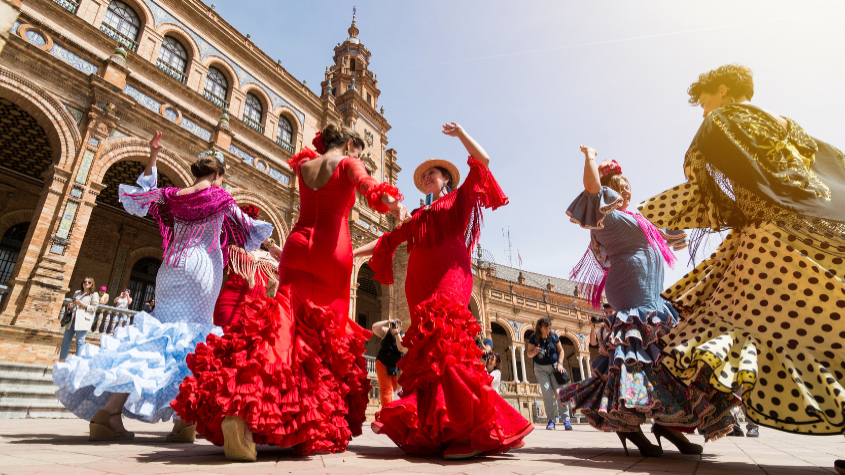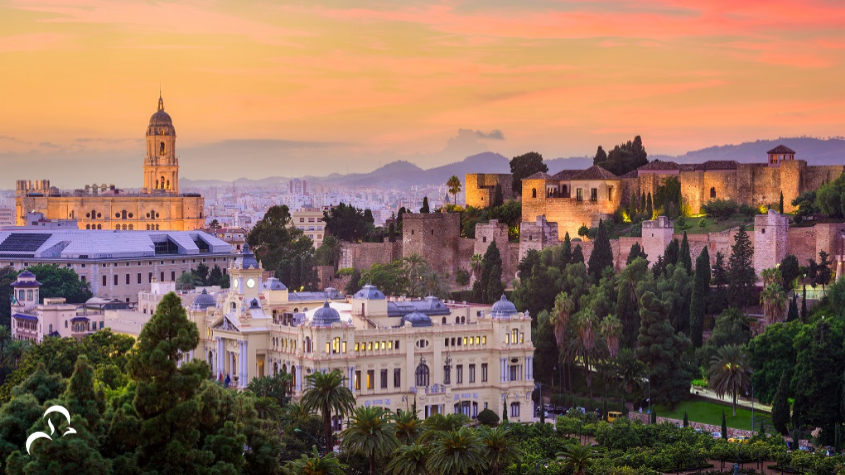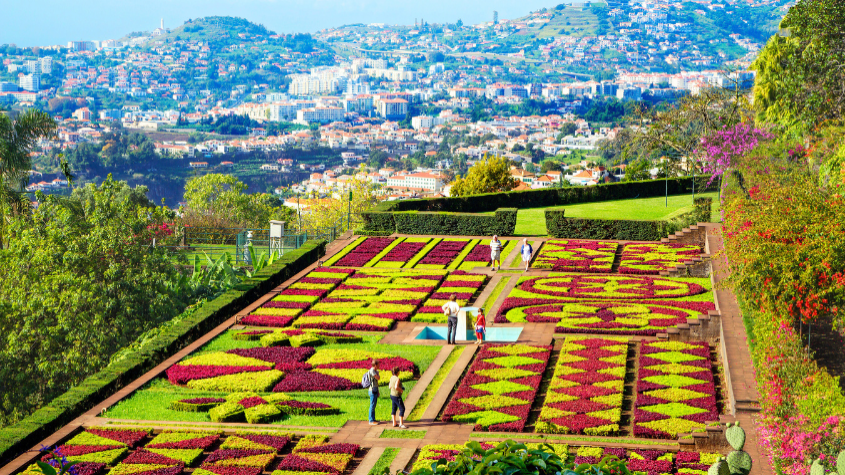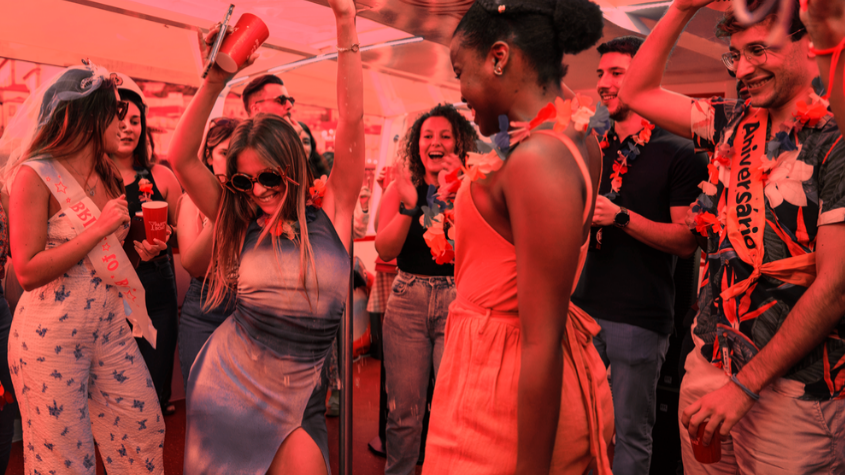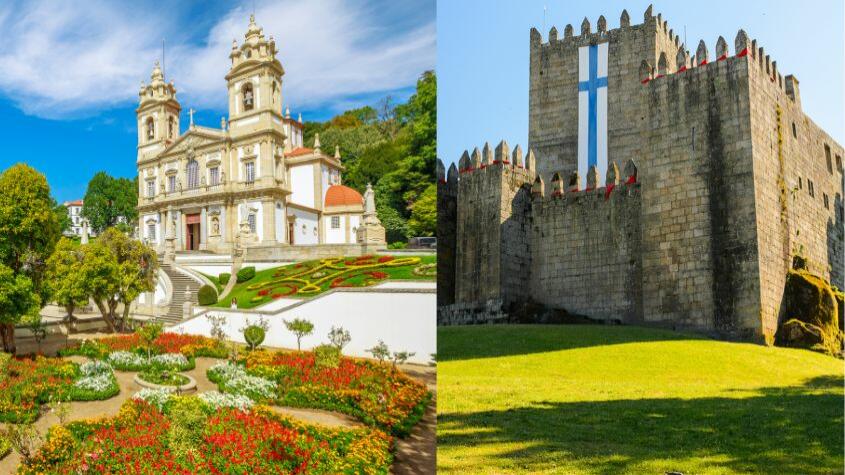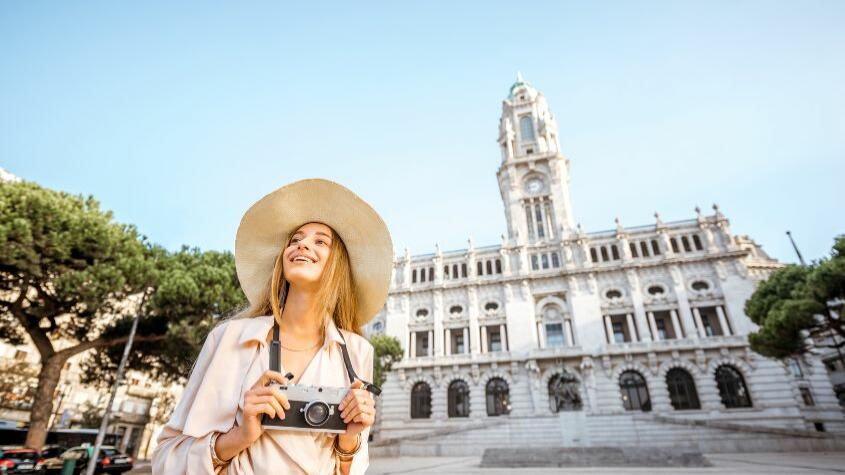
What to visit in Porto in 2 days
1st Day
Historic Center of Porto
Porto is the second largest city of Portugal and the one that gave the name to the country. It's as well proudly know as Unvanquished City - "Old, very noble, always loyal and unvanquished city of Porto", being the people known as Tripeiros - the Tripe Eaters.
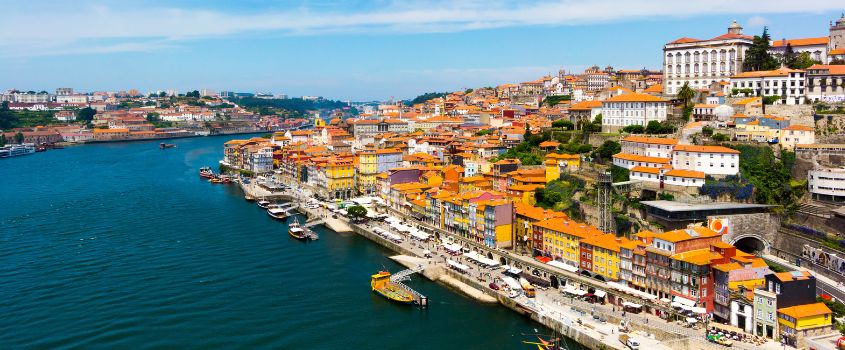
Main Highlights, Squares, Cafes and Monuments in a stroll
Morning - Highlights
Aliados Avenue / Oporto City Hall
S. Bento Railway Station / Congregados Church / Tile painels
Oporto Cathedral / Gaia viewpoint
Batalha Square / S. João Theater / St. Ildephonsus Church
St. Catherine Street / Majestic Cafe
Bolhão Market / Pérola do Bolhão Grocery Store
Afternoon - Highlights
Rivoli Theater / A Brasileira Cafe
Lello & Irmão Bookshop / Clérigos Tower / Paris Galleries
Leões Square / Carmo and Carmelitas Churches / Piolho Cafe
Cordoaria Garden / Relação Prison
São Bento da Vitória Viewpoint / Port Wine Cellars / Vitória Staircase
Ferreira Borges Market / Bolsa Palace / St Francis Church
Ribeira Square / Luis I Bridge / 6 Bridges Cruise
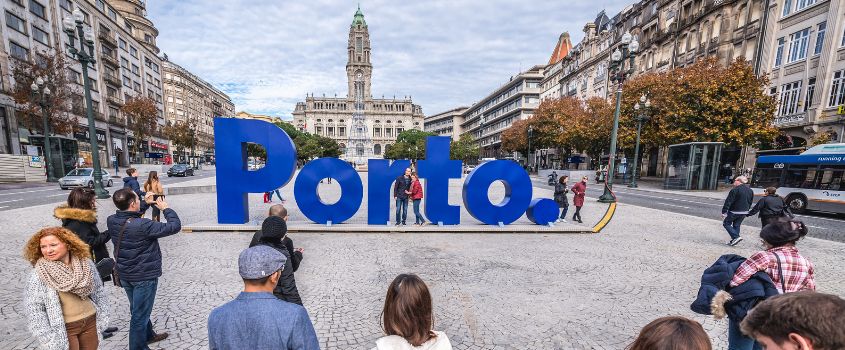
Start your visit by the heart of the City: Aliados Avenue. At the top of the avenue you will find the City Hall - Câmara Municipal do Porto -, at the avenue's center is the statue of 1929 - The Youth, known as Naked Girl -, followed by the Liberdade Square.
In the center of the Liberdade Square, there is a giant statue of the king Peter IV of Portugal, Peter I in Brasil. But the most stunning statue is leaning in a mailbox: O Ardina, a little newsvendor, right at the end of the Liberdade Square.
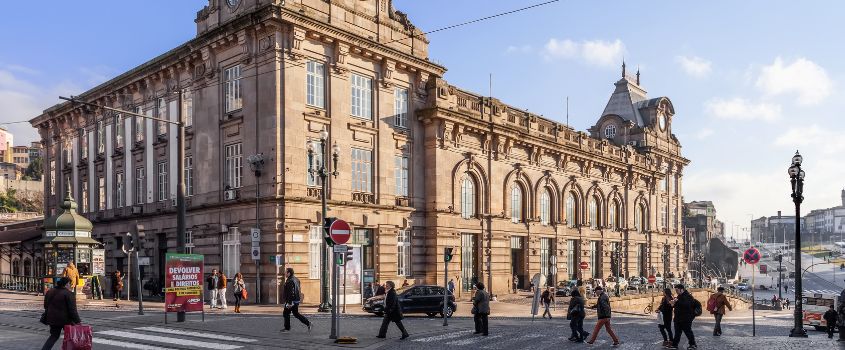
Next to it is the Congregados Church, with a beautiful tiled façade. Crossing the street, you will find the real stunning tiles, inside of S. Bento Railway Station. The tile panels, right at the railway station entrance, there are from the beginning of the 20th century, and depict scenes from the medieval times of Oporto History. Be sure to find the signature of the architect in the main façade of the Station, next to the 1st door on the left.
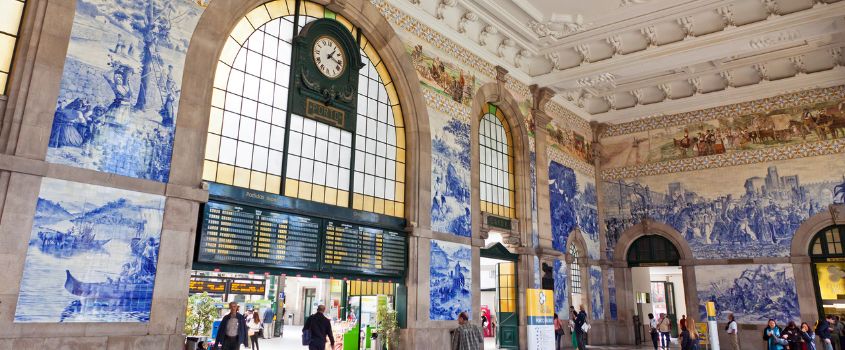
From there follow less than 300 meters towards to Sé do Porto (Porto Cathedral). The first construction of the church dates from the 12th century, but since then many changes have been made. The interior, however, still preserves the aspect of a fortress church. As the Cathedral is located in a high area of the city, the view from there is amazing over the Vitória neighborhood situated on the other hill, the old Jewish quarter of Porto, and over the Port Wine Cellars and the Rabelo Boats, in Vila Nova de Gaia, on the other side of the Douro River.
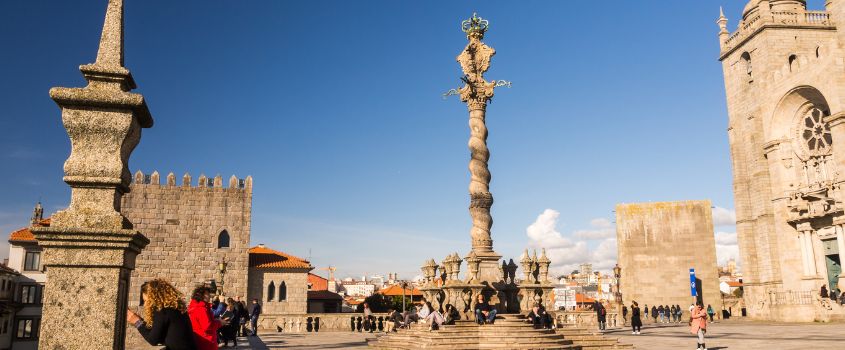
Continuing along Saraiva de Carvalho street, you will arrive at Batalha, point from where departs and arrives the Line 1 of the Tram. In front you can see a piece of the Fernandina Wall of the 14th century, that surrounded the city, as well as a viewpoint over the river with views to Luis I Bridge and Serra do Pilar Monastery.
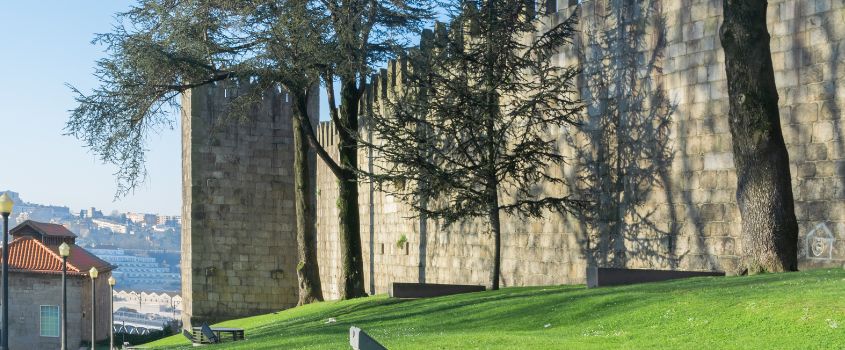
Following Augusto Rosa street we arrive at Batalha Square, where we can find on the left the S. João National Theater, built in 1912-18, in the place where the famous opera house with the same name existed, destroyed by a fire in 1908. In the center of the square, there is the monument to the king Peter V, followed by the Batalha Theather and the old cinema Águia D'ouro (that currently hosts a Hotel) and in front of it on the left the St Ildephonsus Church, covered with tiles.
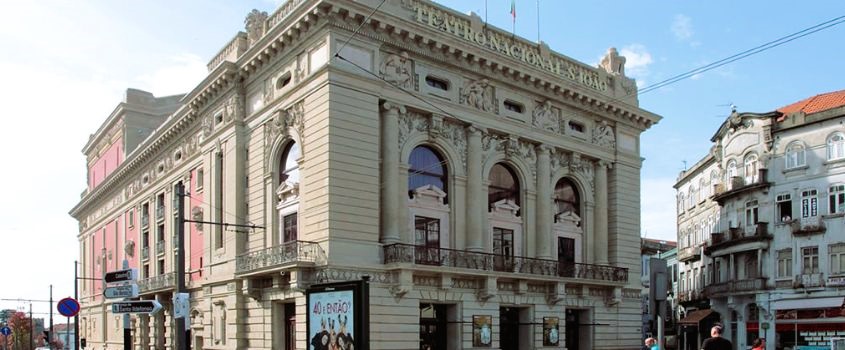
We arrive at the famous St Catherine Street, the main shopping street in the city, a pedestrian street full of shops and street artists, the excellent place to do some shopping. In this street you will find the historic Majestic Cafe from 1921, a place for literary assemblies of the high society from Oporto, also characterized by its Art Nouveau architecture.
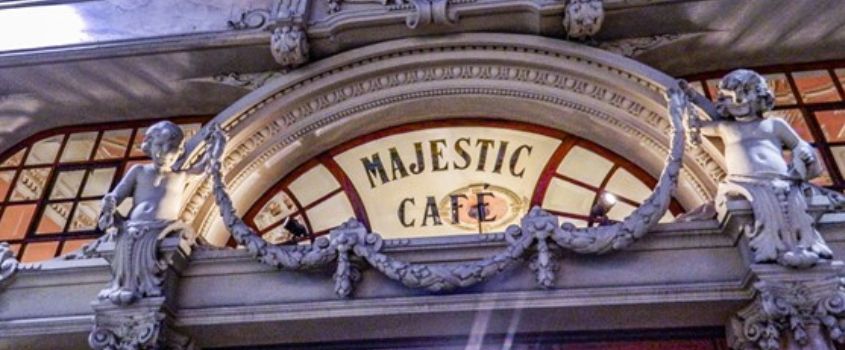
In Formosa street, second street on the left, you will find A Pérola do Bolhão, one of the oldest traditional grocery stores in the city (1917). With an Art Nouveau façade, lined with tiles with references to the spice routes, here you can find traditional portuguese products. Due to its beauty, it has become one of the tourist attractions in Oporto.
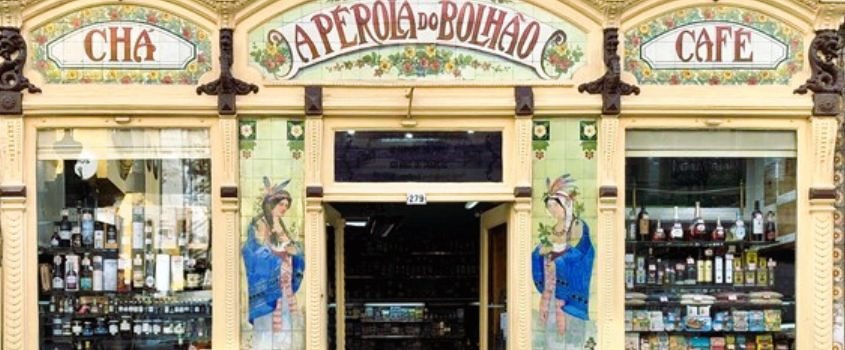
Not far you will also find the city's main market, the Bolhão Market, which deserves a visit right at lunchtime. At the market or in the surrounding area it is the perfect place for a typical and light lunch, to continue our journey, which is still halfway through.
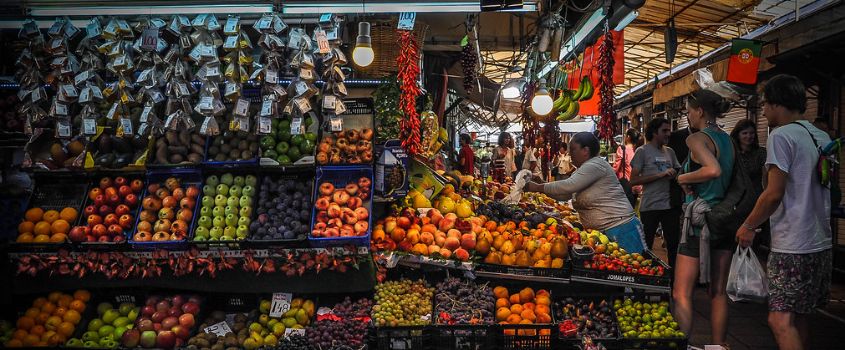
We went down Sá da Bandeira street and arrived at D. João IV Square, which houses the city's main municipal theater, Rivoli Theater. Going down Bonjardim street, we arrive at A Brasileira Cafe, one of the most emblematic cafes in the city, transforming itself in the beginning of the 20th century in the spot for writers, artists, politicians, journalists and bohemians, who gathered there to have coffee and discuss the most current themes of cultural, social and political life in Oporto and in the country.
.jpg)
We returned to the heart of the city, Aliados Avenue. Going now up the Clérigos street, we come across the ex-libris of the city and national monument, the Church and Clérigos Tower of the 18th century, from the Arch. Nicolau Nasoni. At more than 75 meters in height, after climbing 225 steps and reaching the top of the tower, the view over the city dazzles in a 360 ° perspective, enjoying an unique moment, whether day or night.
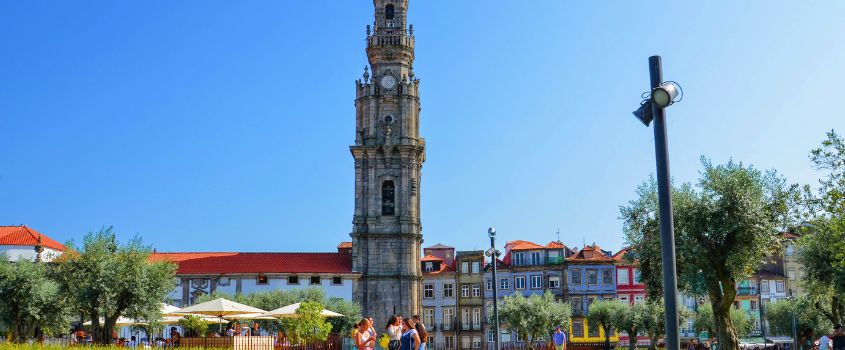
In this place you will find one of those that is considered one of the most beautiful bookstores in the world, Livraria Lello & Irmão, a place where according to the legend J.K. Rowling was inspired to write the famous Harry Potter saga.
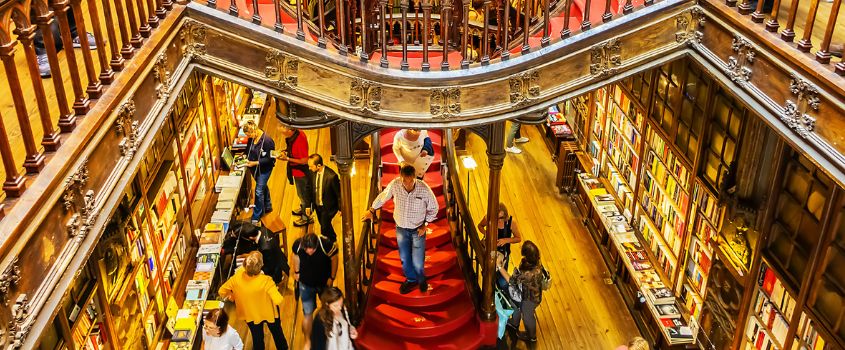
This neighborhood is very trendy at night, a place of nightlife with restaurants, bars and clubs, having started at Galerias de Paris street and currently extended to the whole neighborhood.
Going up Carmelitas street, we arrive at another square known as Praça dos Leões (Lions Square), where the Porto University rectory is located, as well as the Carmo and Carmelitas Churches with a curiosity: between both churches, it's situated the narrowest house in the city with only one door and two windows, one on top of the other.
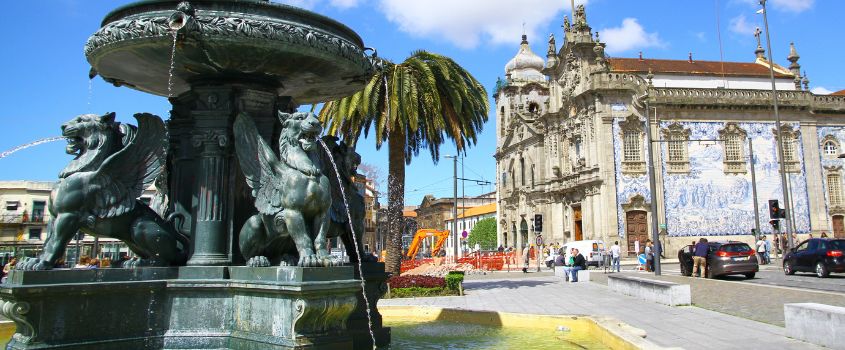
From here we proceed to the Cordoaria Garden, passing by the famous café Âncora d'Ouro, known as O Piolho (The Louse) from 1909, a cafe renowned as the meeting place for students of the Porto University.
In the same place is also situated the beginning and ending of the tram lines 18 and 22. It's an excellent place to take a picture on one of these old trams from 1872 - usually stopped at this location.
After crossing the garden, in front of us we find the old Relação Prison, currently the Portuguese Photography Center, where the famous book “Amor de Perdição” (Love of Perdition) was written by the writer Camilo Castelo Branco, arrested for adultery.
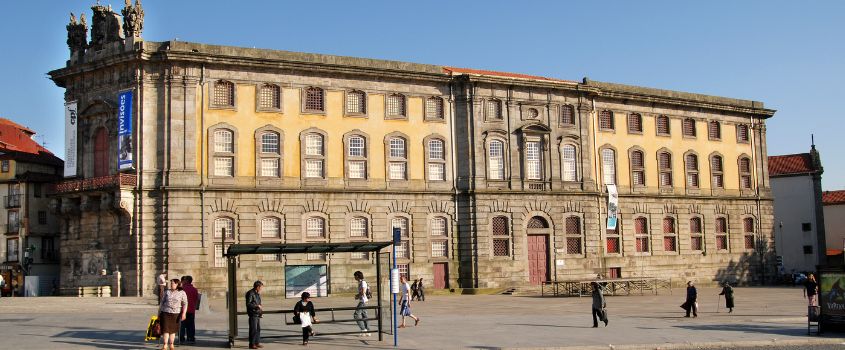
We are now going through Morro do Olival (Olival Mound), the place of the old Olival Jewry, along S. Bento da Vitória street, by the left side of the jail. After passing through the Church and Monastery of São Bento da Vitória, we arrive at Vitória Viewpoint with a spectacular view of Oporto and Vila Nova de Gaia.
A fantastic place that gives us the feeling of finding a hidden and lost place, in the middle of the city, during an aimless walk. Excellent place to capture good photos of the city, Luis I bridge, Douro river and Port wine cellars.
We went down Vitória street and we arrived to Escadaria da Vitória (Vitória Staircase). Known as Escadas da Esnoga (Esnoga Stairs), because that gave direct access to the old synagogue of Olival Jewry, from Largo de São Domingos, which is where we arrive after bypassing this staircase.
We are as well arriving at Praça do Infante D. Henrique (Infante Henry Square) - the great driving force of portuguese discoveries -, which houses its statue in the center, pointing to the Sea. We can also visit next to this square, the place where Henry was born, Casa do Infante (Infante House), from 1394.
In addition, here we find the Port Wine Institute, Palácio da Bolsa (Stock Exchange Palace), Ferreira Borges Market, nowadays Hard Club, a cultural and restaurant space. Also prominent in this square is the St Francis Church, notable for its baroque gilded wood carvings from the 18th century.
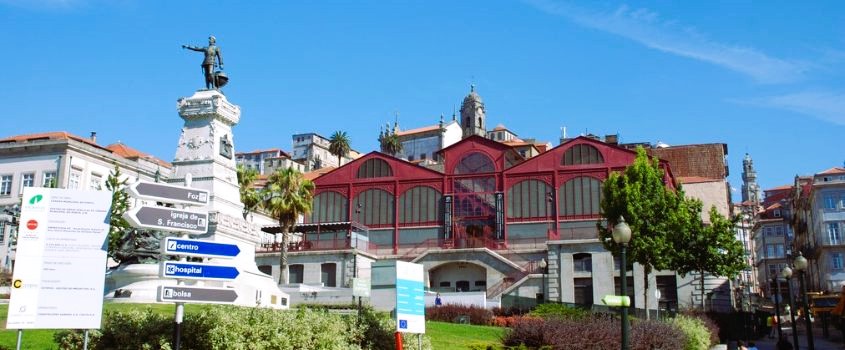
Going down Alfândega street, we reach Praça da Ribeira (Ribeira Square) with views to the Luis I Bridge, the Port Wine Cellars on the other bank of the river in Vila Nova de Gaia and the rabelo boats, that once transported the Port wine from the Douro valley to 100 km, where it is produced, up to Oporto / Vila Nova de Gaia, where it is stored for aging and commercialization.
This is the ideal place to finish the day aboard a typical rabelo boat, unique in the world, enjoying the 6 bridges Cruise and the breathtaking view over the entire city and Port wine cellars, crossing all 6 bridges that connect the two cities, Porto and Vila Nova de Gaia.
Or a combination of 6 Bridges Cruise with a visit and wine tasting in a Port Wine cellar, just across the Luis I bridge:
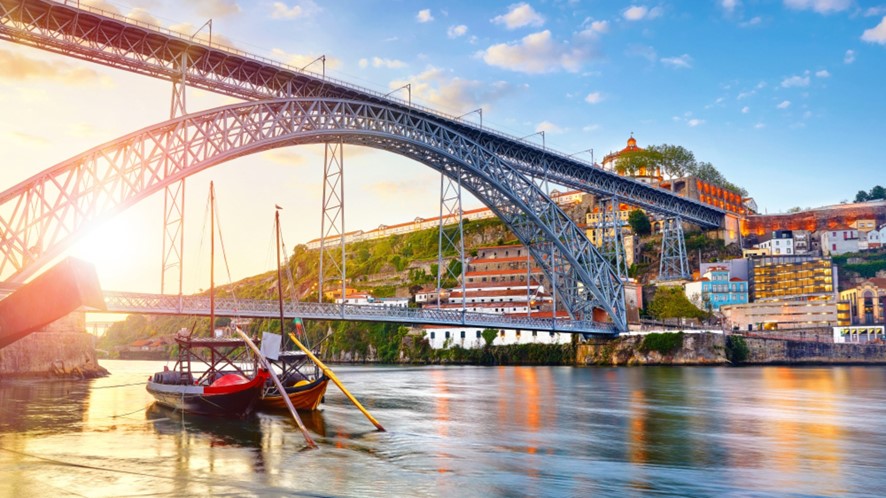
As an alternative to this walking tour through Porto city, we propose a guided tour in 2 options:
1st Option: A full day in Oporto city, visit to the historic center, Boavista, Foz and Beaches with inclusion of cruise, typical and traditional lunch (Francesinha or codfish) and visit to the Port wine cellars with wine tasting.
2nd Option: A half-day tour in Oporto city and a half-day tour to the city of Aveiro, known as the Venice of Portugal, and to Costa Nova with its typical houses:
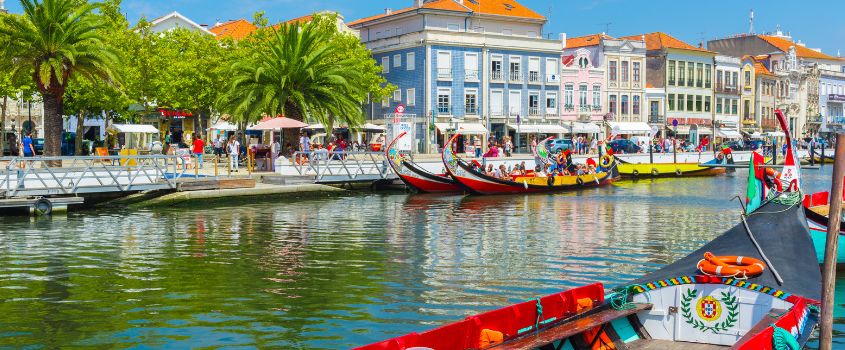
2nd Day
We recommend a visit to the North of Portugal in one of several guided tours departing from Porto, such as:
An unforgettable day in the Douro Valley, a UNESCO world heritage site: with a visit and wine tasting on estates producing Douro and Port wine, enjoying as well an 1-hour cruise in Pinhão, the heart of the Douro wine region.
We propose two options of tours / guided visits:
Historic Douro
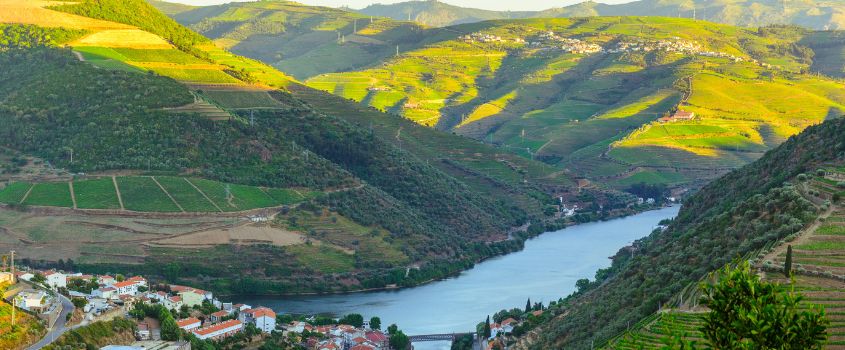
Wine Tour - Douro Valley
This tour includes visit and wine tasting in two different wine estates, providing lunch in one of the estates, a cruise in Pinhão and viewpoints.
Regular Douro Valley Wine Tour
Private Douro Valley Wine Tour
Douro Valley Premium Tour
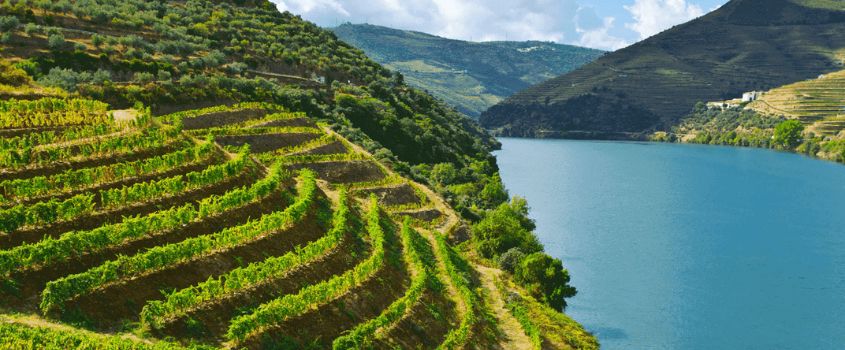
Come and discover the wonderful landscape of the Douro Valley with our premium tour, with a small group and a selected itinerary, combining wine tasting, a delicious lunch and a relaxing boat trip on the Douro River.
Another option:
Visit to Minho Region: cities of Braga and Guimarães – Birthplace of Portugal
Regular Braga and Guimarães Tour
Private Braga and Guimarães Tour
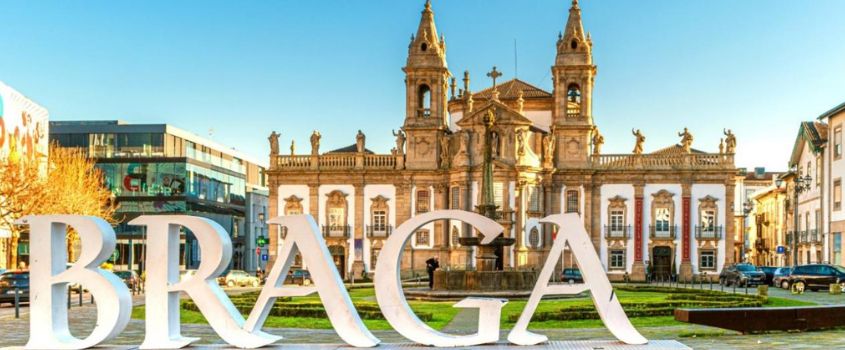
2 Options for the Christian religion lovers, departing from Oporto:
Tour to Santiago de Compostela including Valença do Minho city:
Regular Santiago de Compostela Tour
Private Santiago de Compostela Tour

Tour to the Fátima Shrine and to Coimbra city:
Regular Fátima and Coimbra Tour
Private Fatima and Coimbra Tour
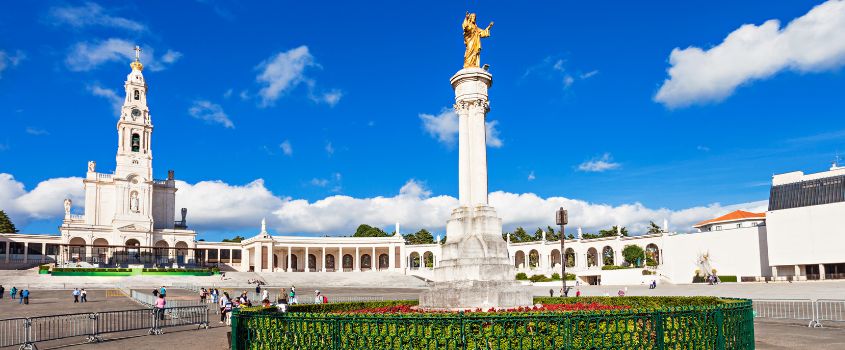
I hope you enjoyed our tour in the city of Oporto. As you can see the possibilities in Oporto and Northern Portugal are many, the challenge is to choose.
Did you like it?
Average votes: 4.44 of 5
Go Back to the Blog







